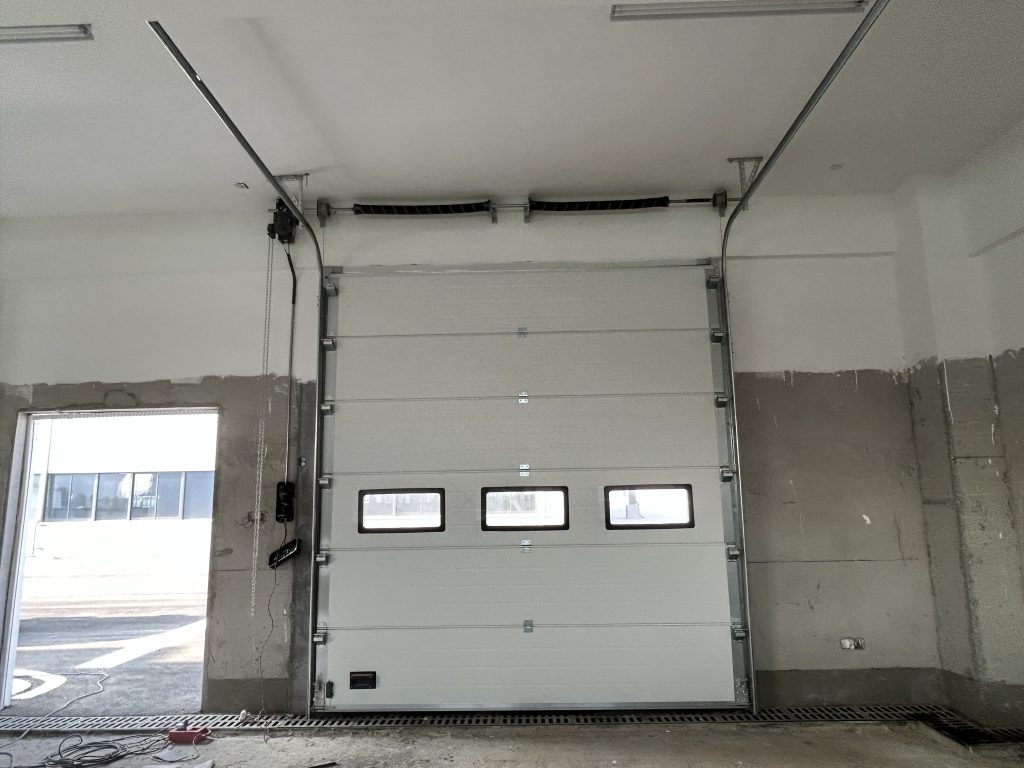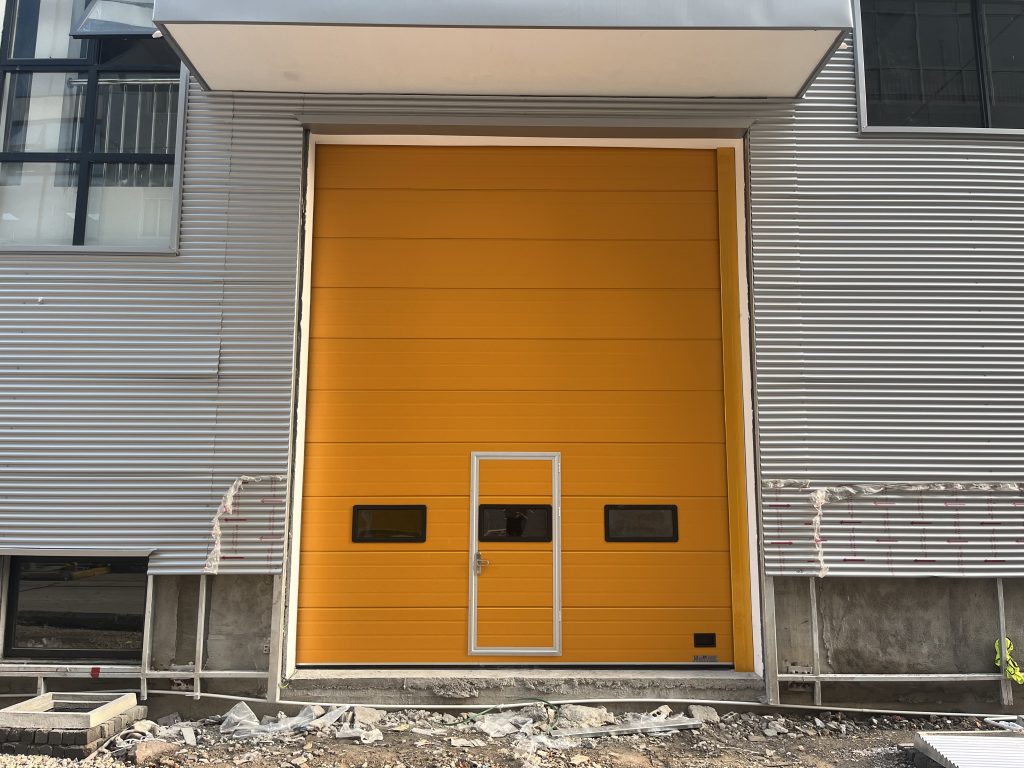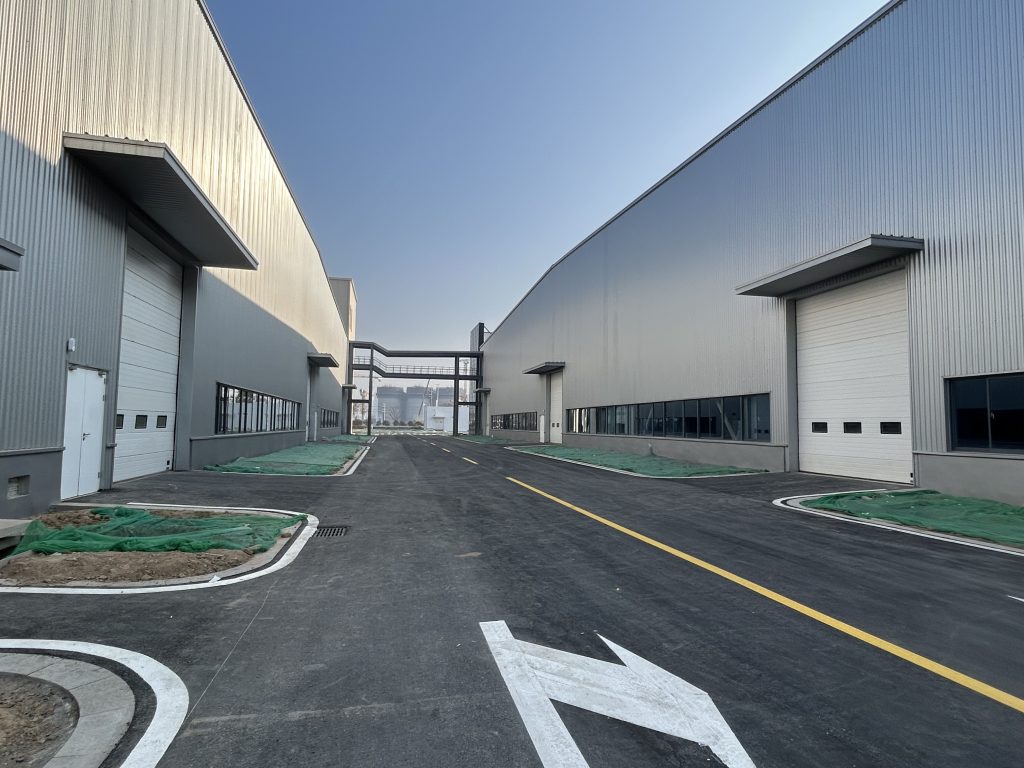Mon - Sat : 9am to 7pm Sunday is CLOSED

In the realm of modern factories, industrial sectional steel doors stand as vital gateways. This article delves into the intricacies of these doors, shedding light on the efficient torsion spring balance system and its counterparts.

Counterweight Balance: Permanently Maintaining Harmony
The counterweight balance emerges as a formidable solution, ensuring the perpetual equilibrium of industrial sectional doors. Discover its advantages:
Sustainable Balance: Permanently maintains door balance, reducing motor workload.
Versatility: Unrestricted by door dimensions, featuring a simple structure with low friction.
Enhanced Lifespan: Resilient against external factors, prolonging the door’s service life.
Torsion Spring Balance: Flexibility with Challenges
While the torsion spring balance system offers flexibility, it comes with its own set of challenges:
Dimensional Considerations: Thickening of spring components affects balance sensitivity with increased area and weight.
Height-to-Width Ratio Challenge: Installing on doors with large ratios escalates design complexity and costs.
Fatigue Force Concerns: Prolonged use may lead to fatigue force loss, causing imbalance and heightened motor workload.

Analyzing Minor Challenges in Torsion Spring Balance System
Unveiling practical challenges in implementing torsion spring balance:
Theoretical Feasibility vs. Practical Implementation: Challenges in meeting standard requirements due to material and manufacturing constraints.
Sensitivity Sacrifice: Increased dimensions compromise the sensitivity of the torsion spring balance.
Design Complexity: Height-to-width ratio impacts design and production, escalating costs.
Friction vs. Balance Effect: Balancing friction and effectiveness becomes a compromise with larger doors.
Fatigue Force Dilemma: Long-term use may lead to fatigue force loss, impacting balance and motor workload.
Understanding the Torsion Spring Balance System Principle
Delve into the core principles of the torsion spring balance system:
System Composition: Components include supporting shaft, spring, wire hub, and wire rope, demanding meticulous computer-aided design and professional manufacturing.
Material Selection: Optimal material choices, such as 72B or 82B spring steel, with surface oxidation treatment, ensure strength, elasticity, and resistance to fatigue failures.

This comprehensive exploration compares counterweights and torsion springs, offering insights into the dynamics of industrial door balance systems. Gain a profound understanding of torsion spring balance applications in contemporary industrial doors. Elevate your knowledge to optimize the performance of sectional steel doors in your industrial setting.
